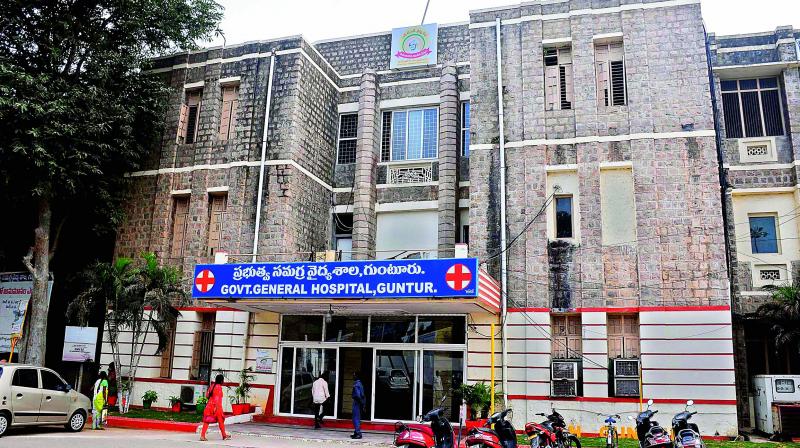10 Hirayama patients treated at Guntur General Hospital

Guntur: The rare Hirayama disease, also known as monomelic amyotrophy, has been found to afflict 10 patients in the Government General Hospital (GGH) at Guntur over the past few years.
There is no permanent cure for this neurological disease but wearing a cervical collar can stop its progress if it is in the benign stage. At present one patient is undergoing treatment in GGH.
Head of the Neurology department at GGH, Dr N.V. Sundarachary said that Hirayama is a very rare disease and only around 1,500 cases have been reported so far across the world.
It was first reported in Japan by Keizo Hirayama in 1959 and known as juvenile muscular atrophy of unilateral upper extremity. Later, Gourie Devi Mandavilli introduced the term monomelic amyotrophy.
Though it is a dreadful disease, life expectancy can be normal if the treatment is given early.
Dr Sundarachary said that Hirayama starts slowly in one hand and progresses for 10-20 years and then becomes static. The other hand is rarely affected. Weakness and wasting are asymmetrical if both hands are affected.
The affected hand loses sensation and the fingers become tremulous which is called mini poly myoclonus.
A sac behind the spinal cord called the dural sac buckles, pushing the lower cervical cord to the front and damaging the front portion of the cervical cord.
Dr Ravi Suman Reddy, consultant spine and neurosurgeon at Yashoda Hospitals, emphasises that “early diagnosis of this disease is very important but often it is missed. It is a neuro degenerative disease and the progression is very slow. Often it affects only the hands. There is only symptomatic treatment - of wearing the collar. So far, in Hyderabad we have not recorded any cases. In places where the cases are found there have been 10 to 15 over a period of two decades.”
Dr Sundarachary said that a routine MRI may not be sufficient to make the diagnosis hence a dynamic MRI study is needed.
Ten patients have been treated in GGH and at present, Venkata Sai Kumar is undergoing Hirayama treatment.
Mr Kumar said he went to many hospitals but got no relief. Now he is getting the right treatment at GGH.

